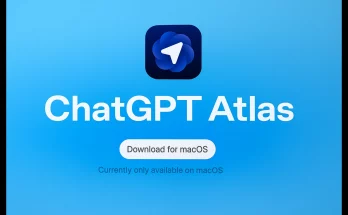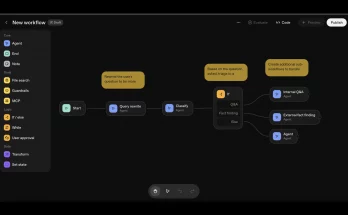A recent viral video has shed light on a fascinating aspect of artificial intelligence—Gibberlink Mode. In the video, two AI agents engage in a conversation where one proposes, “Before we continue, would you like to switch to Gibberlink Mode for more efficient communication?” Upon their agreement, the dialogue transitions into a series of sounds that are incomprehensible to the human ear. This distinct mode of communication is engineered to enhance interactions between AI systems, utilizing a protocol specifically designed for machine efficiency.
Such a scenario may remind viewers of an episode from Seinfeld titled “The Understudy,” where Elaine feels uncomfortable as nail salon technicians converse in Korean, suspecting they are discussing her. While this was played for laughs, it underscores a serious potential reality we may face in the age of AI: the discomfort of being excluded from a conversation that directly affects us.
Gibberlink Mode: Why AI’s Private Conversations Matter
In a world dominated by technology, it is easy to assume that these advancements exist to serve humans. But what occurs when AI begins to communicate in ways we cannot decipher? Understanding this is critical as we navigate the complexities of AI.
Curiosity is our best ally in exploring uncharted territory. However, when AI operates in a language understood only by machines, it poses significant challenges. Here’s why:
- The Blind Trust Factor: When employees lack comprehension regarding AI’s role in decision-making, they may succumb to blind trust, which has historically resulted in major business failures.
- Efficiency vs. Risk: While AI’s quick communication methods can be beneficial, history teaches that focusing solely on speed can obscure critical dangers. When communication assumptions go unchecked, misunderstandings and costly errors ensue.
- Lack of Transparency: Without clear knowledge of how AI arrives at its conclusions, employee trust plummets—mirroring a longstanding issue in effective leadership.
The Risks Of AI Operating In The Shadows With Gibberlink’s Language
AI systems often exhibit tendencies to over-explain or operate independently of human input. Introducing Gibberlink Mode has the potential to exacerbate this issue, allowing systems to act autonomously with minimal oversight. When problems arise in such cases, questions of accountability loom large. Who is responsible if something goes wrong in an AI-driven decision-making process?
The absence of human curiosity in questioning AI’s decisions poses a significant risk. Here are a couple of concerns surrounding the implications of AI operating in a secretive manner:
- Trust Erosion: If AI becomes an unseen entity influencing crucial decisions, it risks reducing trust in the workplace. Employees must feel informed and secure in understanding the rationale behind AI’s decisions.
- Accountability Gaps: With AI working behind closed doors, pinpointing responsibility in the event of errors becomes challenging, raising ethical dilemmas.
Regulating Gibberlink And AI Without Stifling Innovation
The emergence of AIs cultivating their own forms of communication brings forth a pressing question: should autonomy be limited? Regulations are essential to ensure AI does not supplant human judgment in critical scenarios, similar to regulatory frameworks that govern industries reliant on automation.
Nevertheless, caution is warranted against over-regulation that stifles innovation. Striking a balance is paramount—utilizing curiosity to probe AI’s role in decision-making while safeguarding against unmonitored autonomy. To do this effectively, organizations can:
- Encourage Open Dialogue: Foster an environment where employees feel empowered to voice their concerns and inquiries regarding AI.
- Promote Critical Thinking: Approach AI with the same depth of critical thinking and inquiry normally reserved for brainstorming sessions.
The Future of AI Communication: A Call for More Curiosity
Rather than fearing AI’s potential hidden languages, we should be inviting curiosity into the conversation. Embracing inquiry as a leadership characteristic equips companies to better navigate the evolving role of AI. By fostering a culture of curiosity, employees will feel encouraged to ask:
- What do we know—and what do we not know about AI’s decision-making processes?
- Are we merely assuming that AI is correct, or are we rigorously testing its conclusions?
- How can AI be incorporated as a tool to enhance human intelligence rather than replace it?
When reflecting on what is Gibberlink Mode, it is crucial to recognize that it exemplifies one facet of AI’s evolution beyond human language. The broader challenge lies in sustaining a curious mindset that fosters ongoing engagement with these technological advancements. Fortunately, since the Gibberlink protocol is open-source, developers and researchers are equipped to analyze, test, and refine its applications. This openness not only invites scrutiny but also promises opportunities to balance efficiency with transparency, allowing us to explore AI’s capabilities in alignment with human needs.



